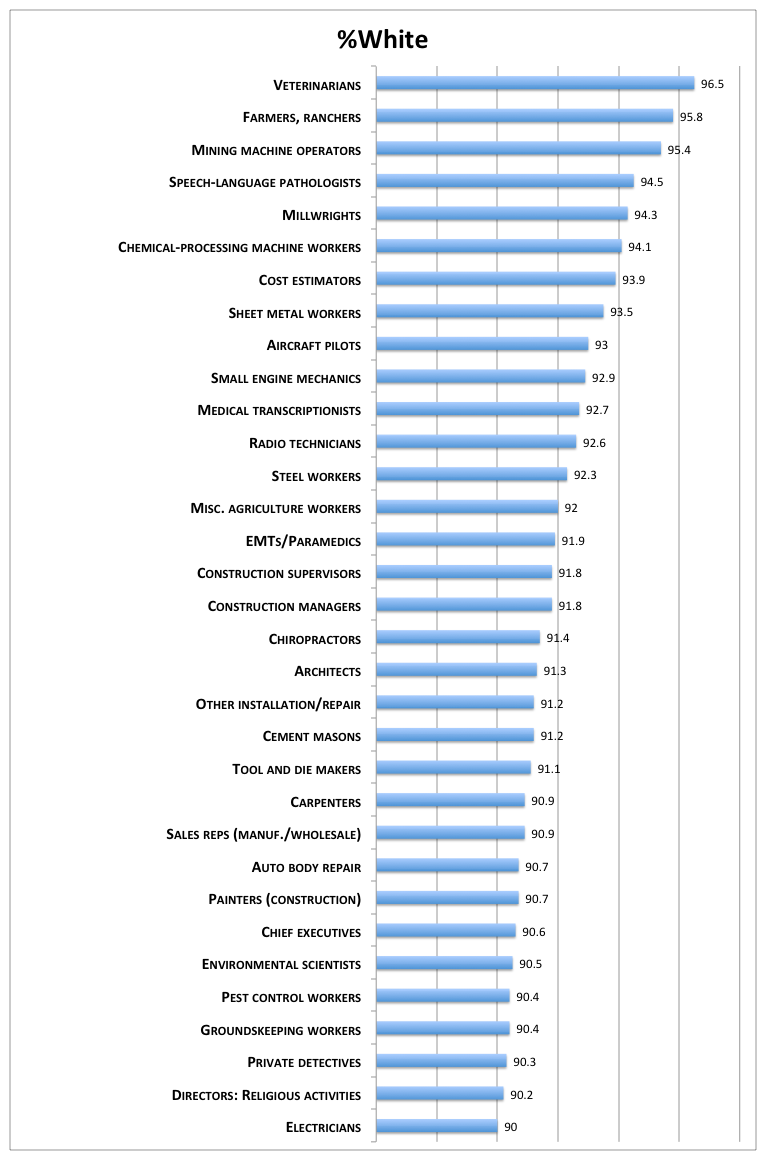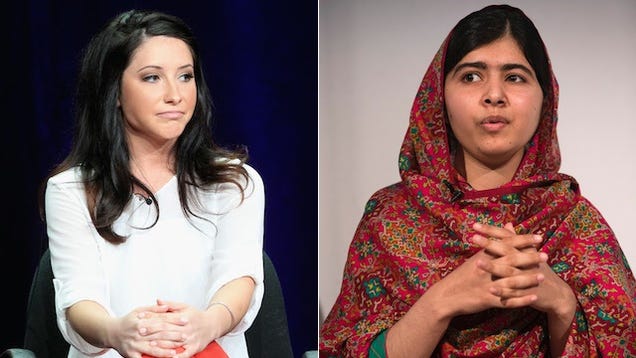This blog is for ideas related to teaching Sociology at the high school level written from a teacher's perspective.
Sunday, February 15, 2015
The Average Black Girl
Wednesday, January 28, 2015
Ghettocide: A True Story of Murder in America
The other day I had one of those NPR moments when I was driving home and could not turn off the engine until I had finished listening to the story that was playing. It was an interview with the author of Ghettocide: A True Story of Murder in America. The author was talking on Fresh Air and discussing different kinds of grief that people experience. She had interviewed many people who had lost loved ones and she noticed that their experiences with death were different and had longer lasting impacts especially if there was no closure of an arrest of the perpetrator. Her interview was so riveting, I ordered the book and will receive it tomorrow.
Listen or read here: http://www.npr.org/2015/01/26/381589023/ghettoside-explores-why-murders-are-invisible-in-los-angeles
Here is her appearance on the Daily Show
posted by Chuck Schallhorn
The Teaching High School Sociology web site
Listen or read here: http://www.npr.org/2015/01/26/381589023/ghettoside-explores-why-murders-are-invisible-in-los-angeles
Here is her appearance on the Daily Show
posted by Chuck Schallhorn
The Teaching High School Sociology web site
Labels:
02 Culture,
crime,
culture,
deviance,
emotion,
grief,
inequality,
murder
Monday, January 26, 2015
The Whitest Jobs in America
I knew segregation was still alive and well, but this article in The Atlantic shows just how segregated these aspects of America still is. Original article is here.
The Teaching High School Sociology web site
The Teaching High School Sociology web site
Friday, January 23, 2015
The Crayola Monologues: A Commentary on Color and Society
I found this as a video file that I received from Amy Jones at a conference a few years ago. I am still sifting through all the amazing resources she shared.
This video is called, "The Crayola Monologues." It is sharable for all ages, but especially great for social psychology and prejudice/bigotry issues. To be honest, I love this video. The artist who created it can be found at this link: http://www.nathangibbs.com/crayola-monologues/. This page contains lengthy commentary and exploration of color, race, and ethnicities and issues surrounding these ideas in our society.
posted by Chuck Schallhorn
The Teaching High School Sociology web site
Thursday, October 23, 2014
Bristol Palin and Malala Yousafzai, a Memoir Comparison on Jezebel
I recently posted this article on my Facebook page: http://jezebel.com/their-struggles-bristol-palin-malala-yousafzais-memo-1647761703?utm_campaign=socialflow_jezebel_facebook&utm_source=jezebel_facebook&utm_medium=socialflow
The article compares the memoirs of the two young women. One of my former students wrote this in response:
I've been trying to write out why this article bothers me, and I feel like I just can't put my finger on it. What do we gain by comparing these two women this way? What point was this article trying to make? That Bristol Palin is a moron? Do they just want to make fun of someone who clearly isn't doing well? Bristol Palin was mocked by an entire nation for something that happens to teenagers all the time. She has been and apparently still is being used as a political tool, and as fodder for gossip. So what if she wrote a book about it? Why does her story have to be compared to Malala's? Why can't we discuss it as someone coming to terms with, I don't know, being bullied by an entire country, feeling like she has to justify her life? Or does the article just want to make her look like a dumb white girl? I found this article to be INCREDIBLY petty.
Here is my response:
As I was reading it, while Bristol was the main target, she remains for me, the personification of the ugly and narcissistic American. She has made various choices to put herself in the media eye after her mother did so. She is damaged and easily made fun of. That said, she is emblematic of Americans and how immature we are. Was she the comparison? Yes. Has Malala gotten a lot of press for her amazing acts of courage? Yes. Are they incredibly different? Yes. I see one as the ideal and one as the clown in terms of what we expect from our young people. Bristol is the caricature of American teens--uneducated, stupid, pregnant, beer-drinking, etc. Malala is who we aspire to be. What better way to see he difference than with a side by side comparison. I understand your issue with the article, but understood it in a different way.Perhaps a dissection or discussion of this kind of article would be appropriate for a gender or sociology class.
The Teaching High School Sociology web site
Wednesday, October 22, 2014
Emotions, Language, and the Untranslatable
This is a cross-post to both the Teaching High School Sociology and Psychology Blogs. This chart shows primary emotions and the less-used words that are related. The chart also offers us some untranslatable nuanced terms that are found in other, non-English languages.
It is an infographic that I found from Mental Floss at this address:
http://mentalfloss.com/sites/default/legacy/blogs/wp-content/uploads/2013/01/Other_Languages_b1.png
The Teaching High School Sociology web site
It is an infographic that I found from Mental Floss at this address:
http://mentalfloss.com/sites/default/legacy/blogs/wp-content/uploads/2013/01/Other_Languages_b1.png
The Teaching High School Sociology web site
Subscribe to:
Comments (Atom)



